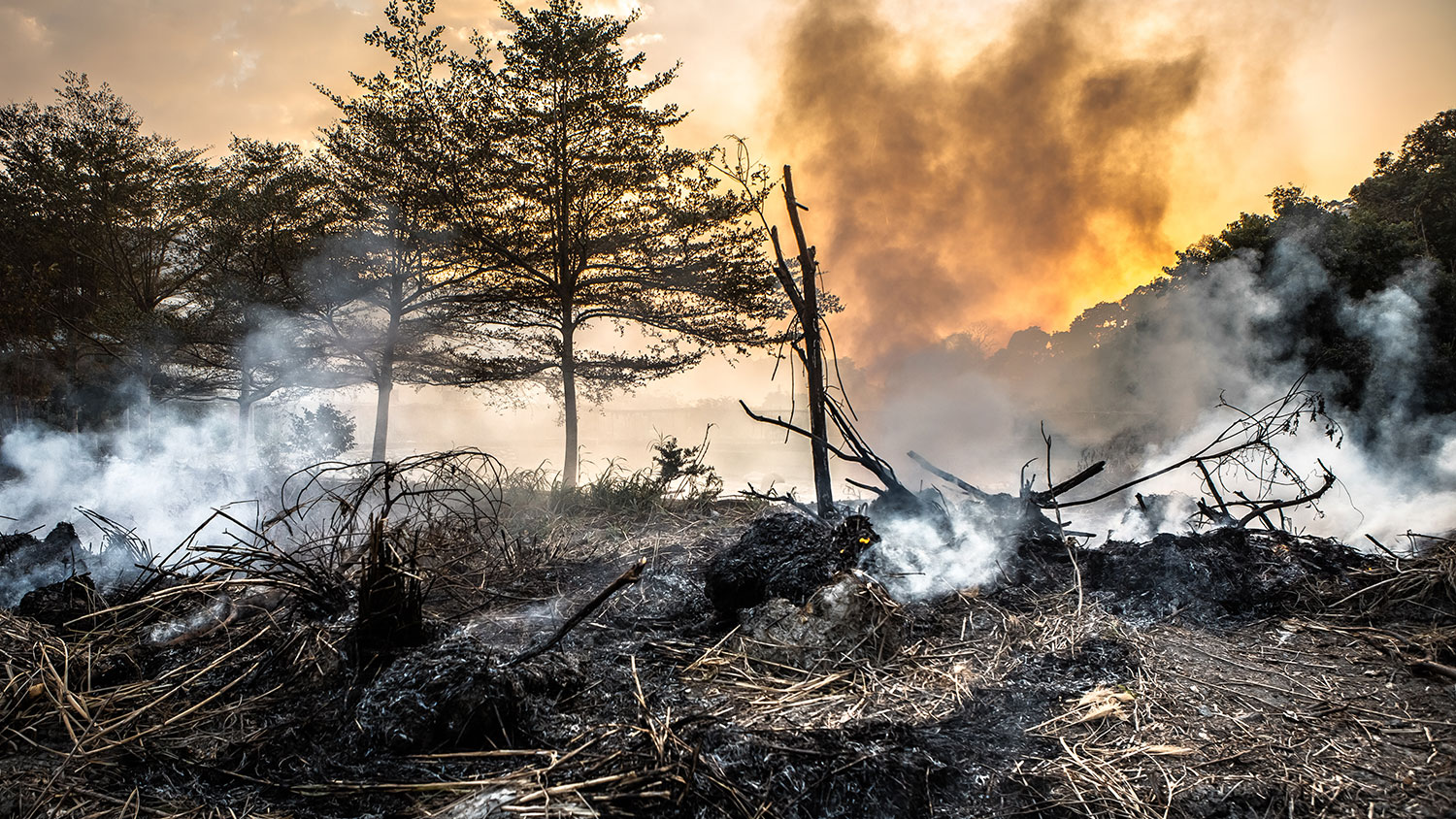The last time I read about a BASE-jumping accident, I remember thinking to myself, Huh, BASE jumping. I could use a little more adrenaline in my life. Maybe I should give that a shot. And thanks to science, now I can take solace in the fact that this kind of baseless (sorry), idiotic risk-accounting isn’t that rare: A new study in Nature Climate Change suggests that reporting on natural disasters can actually encourage people to move to more dangerous places. Way to go, brains! (Spoiler alert: I still have yet to BASE jump and likely never will — largely because it’s an objectively dumb thing to do — but I did rent a canoe last weekend, which has to count for something.)
Natural disasters have cropped up in the news a lot lately. And for good reason: There are plenty of them out there. To get at the question of how these reports affect people’s risk perceptions, researchers from Australia, the U.K., and Israel designed a psychological experiment that allowed study participants to make decisions about where to live, given fake reports of disaster frequency and location.
Participants were awarded points for living in one of three different villages, with more points awarded for riskier situations — akin to, say, a beachfront home generally being lovely, except for when those pesky hurricanes start wreaking havoc. Lead author Ben Newell explains the experiment over at The Conversation:
One group only found out if their own dwelling was hit, a second group found out if any of the dwellings in their village was hit, and a third group found out if any dwellings in either risky village were affected.
These three groups were designed to mimic information people could get in real life from personal experience, local sources, or from afar via media or authorities.
The key result was that the third group – people given the most information about recently experienced or avoided disasters – took more risks and were more likely to choose regions prone to disasters.
Getting full information about all the villages, as is possible in real life through media and authorities, appeared to reinforce for people that “most of the time nothing bad happens in the risky areas”.
There’s also a good amount of empirical evidence out there for this kind of effect. Newell cites a study suggesting that new home buyers after the Loma Prieta earthquake “reduced their assessment of risk as information concerning the location and rate of earthquakes” was released. “A similar pattern was found following the Tohoku tsunami of 2011, with unaffected residents exhibiting lowered risk perception about the heights of waves warranting evacuation,” he writes.
Anecdotally, there’s also the fact that here in the Seattle Grist office, we chose to laugh off the news of impending Pacific Northwest earthquake doom, hunker down at our standing desks, and order another round of doughnuts instead. (To be fair, there’s a pretty great doughnut place across the street.)
Part of what’s going on here is that people are generally just kind of awful at estimating risk. Probabilities mean different things for different people, and we rarely take time into account when assessing these probabilities, anyway. The field of behavioral economics is rife with examples of poor risk accounting. Low probabilities, in particular, are usually overestimated. There’s also that tricky gut feeling that says, “Oh, that will never happen to me.”
“Statements often seen in the media such as a ‘one-in-50 or one-in-100-year’ event could lead people to assume, incorrectly, that there won’t be another event for 49 or 99 years,” writes Newell. “This perception is compounded by their typical daily experience of nothing bad happening.”
The solution? “Risk messages need instead to focus on the accumulation of events and the increase in their associated risks across time,” writes Newell. “For example, people should be reminded how many major floods or severe fire days occurred between specific points in time — such as ‘four events between 1900 and 1949,’ or ‘ten events between 1950 and 2000.'”
Of course, we could also just try to develop the common sense not to move to disaster areas. And if that’s too much to ask — which seems likely — the least we could do is invest in real risk management. That means actually implementing tsunami preparation advice, demanding that buildings are up to the latest earthquake codes, and using sound landscaping techniques and maximizing defensible space in the event of wildfires. For many of us, climate change is already here. We ought to be ready for its effects.




